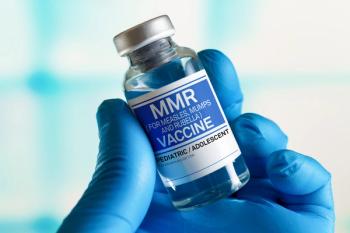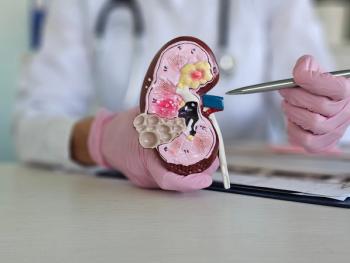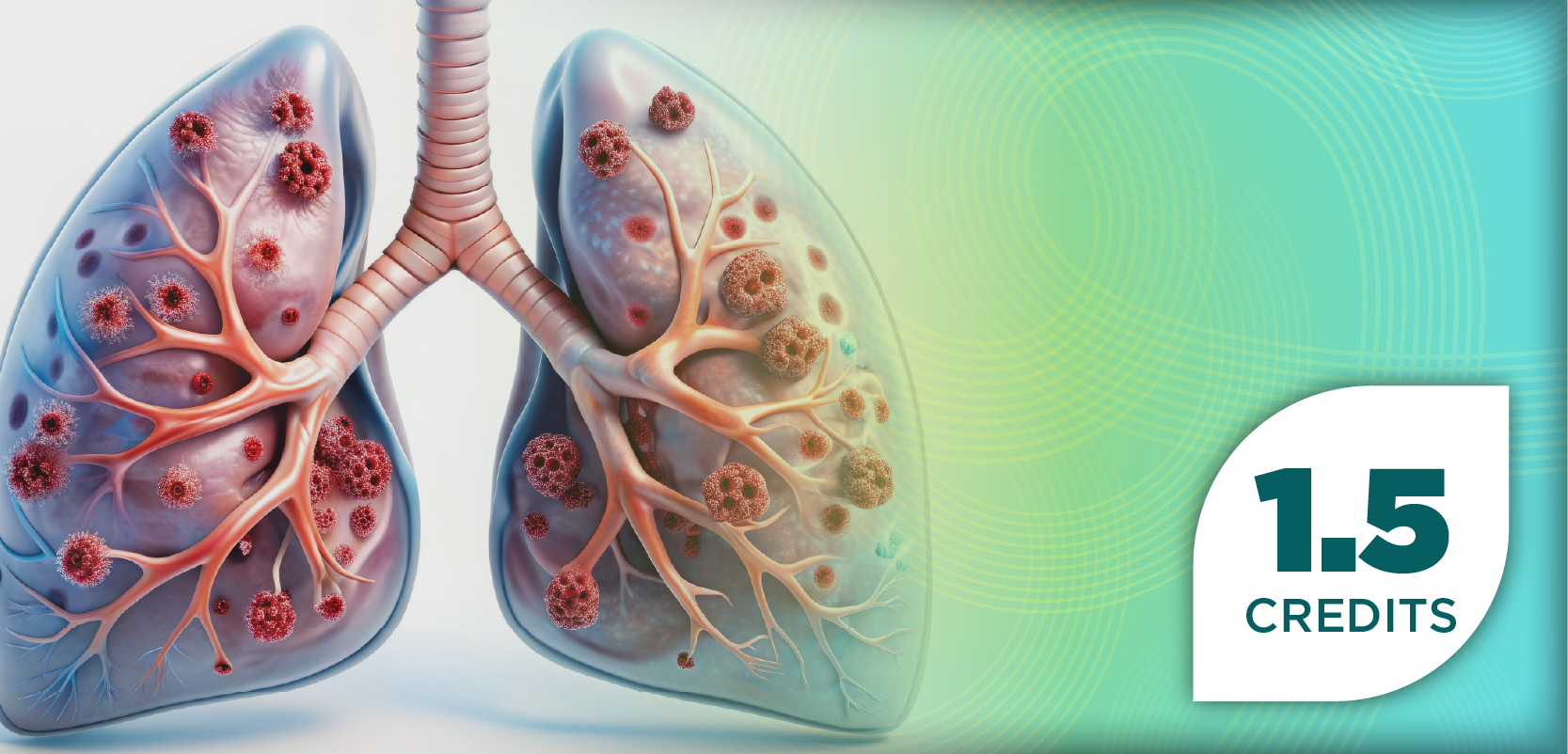
Evolving Strategies for RSV: Understanding Respiratory and Cardiovascular Impacts, Prevention, and Future Directions
Understanding RSV’s impact on respiratory and cardiovascular health underscores the importance of holistic management, prevention through vaccination, and continued innovation in treatment strategies.
In an interview with Pharmacy Times®, Katrin Burkart, PhD, assistant professor of health metrics sciences at the Institute for Health Metrics and Evaluation (IHME) at the University of Washington, shares that respiratory syncytial virus (RSV) affects not only the lungs but also the cardiovascular system, highlighting the need for holistic patient care, especially in high-risk and older adults. She highlights preventive strategies, infection control measures like handwashing and masking, and vaccination for vulnerable populations. The approval of RSV vaccines in 2023 marked a major milestone in prevention, with ongoing research likely to expand recommendations. Burkart emphasizes that continued innovation in vaccines, antivirals, and supportive care remains key to reducing RSV’s impact.
Pharmacy Times: How does understanding RSV's impact on the respiratory and cardiorespiratory systems influence the comprehensive management of affected patients?
Katrin Burkart, PhD: What we're learning through this study and others is that RSV doesn't just affect the lungs—it can also have a significant impact on the cardiovascular system. Until recently, there was limited awareness about that, but growing evidence really underlines this impact on heart health. This understanding can be crucial for public health as well as for clinical care. It means that prevention is especially important for those who have increased risk or an underlying heart condition. It also means that providers need to take a more holistic approach, monitoring not just the respiratory symptoms but also cardiovascular health, especially in older adults and high-risk patients.
Pharmacy Times: What public health initiatives or preventive strategies could reduce the RSV burden among older adults?
Burkart: So, like with other respiratory viruses, there are 2 key strategies to reduce RSV. First, we can minimize exposure through basic infection control measures—things like frequent handwashing, disinfecting surfaces, wearing masks, and avoiding crowded indoor spaces during the RSV season can be effective. We saw how effective these measures were during the COVID-19 pandemic, when RSV cases dropped dramatically, almost to zero. And then, second, and maybe most importantly, there is vaccination. Several FDA-approved RSV vaccines are available and recommended for older adults above 75 [years] or for younger adults above the age of 60 who are at increased risk.
Pharmacy Times: Looking at the trends from 1992 to 2021, what significant shifts in RSV treatment or prevention have occurred, and what future advancements might further alter the landscape?
Burkart: Although RSV was first identified in the 1950s, it wasn't until 2023 that the first vaccines became approved, which really marked a major milestone in prevention. Today, vaccines are available for older adults, pregnant women, and infants. Looking ahead, as more data become available—especially on outcomes in younger or average-risk adults—there might be updates to these current recommendations. On the treatment side, options like antiviral medication, monoclonal antibodies, and supportive care are used to help manage symptoms and reduce complications. Overall, continued research and innovation in both prevention and treatment will be key to further reducing the impact of RSV.
Newsletter
Stay informed on drug updates, treatment guidelines, and pharmacy practice trends—subscribe to Pharmacy Times for weekly clinical insights.














































































































































































































